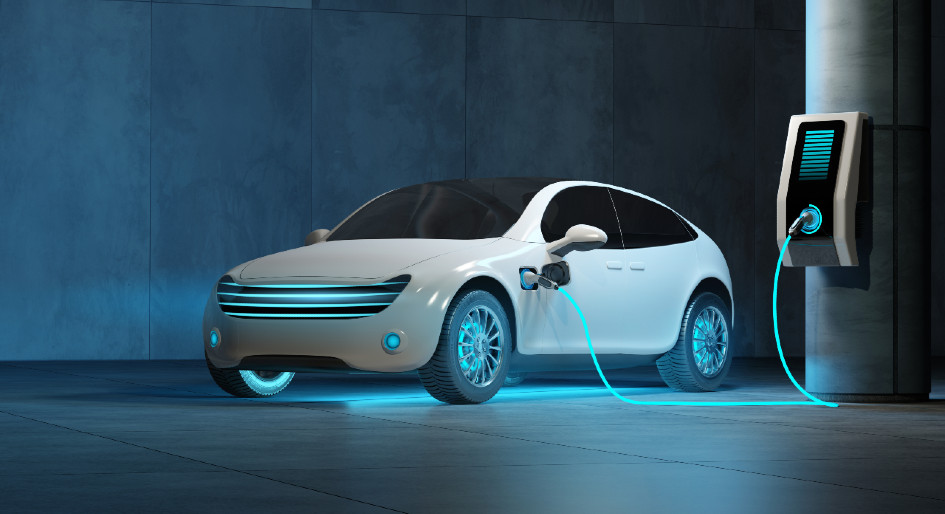Multi-residential buildings are seen as a cost-effective option to expand EV charger access and reduce required investment in pricier public infrastructure. A new federally commissioned study from the research firm, Dunsky, projects Canada will potentially need upwards of 1.3 million Level 2 charging ports in multifamily buildings by 2030 to stay on track with the target for electric vehicles to comprise 100 per cent of new sales and 40 per cent of the total national fleet by 2035.
That’s based on the premise of a complementary balance of at least 195,000 publicly located chargers, with a mix of Level 2 and DC fast charging (DCFC) capabilities, to attain a nationwide ratio of three EVs per charging port. Alternatively, the researchers sketch out a lower reliance on home charging options, which would involve about 152,000 charging ports in multi-residential buildings along with more than 200,000 public chargers, for a higher ratio of 14 EVs per charging port.
Both scenarios are still highly theoretical since there are currently only about 16,640 publicly available chargers on fewer than 7,000 sites across Canada. Nearly 35,000 more EV chargers are pending, and slated to be installed within the next 15 months, with support from the federal zero-emission vehicle infrastructure program (ZEVIP), while a new allocation in the 2022 budget is expected to underwrite another 50,000 by 2027.
However, much is riding on other players getting involved. The Dunsky report estimates a $20 billion investment in charging infrastructure will be needed between now and 2050 when 90 per cent of the national vehicle fleet, or upwards of 31 million vehicles, is projected to be electrically powered. That’s based on current costs of approximately $8,000 per Level 2 port, which takes four hours to deliver a charge adequate for 120 kilometres of travel, and about $150,000 per fast-charger port, which accomplishes the same outcome in about 30 minutes.
“It is crucial to have adequate charging infrastructure to meet this increasing demand,” observes François-Philippe Champagne, Canada’s Minister of Innovation, Science and Industry. “This report highlights important opportunities for the private sector to leverage the foundation we’ve already built to further increase the number of chargers available.”
The significantly higher cost of fast chargers underpins the case for focusing on improving at-home access to Level 2 chargers. Dunsky researchers calculate that an approach that favours denser multi-residential saturation could ultimately save billions of dollars if it reduces requirements for public charging hubs. Bolstering the argument, more than 40 per cent of Canada’s population is expected to live in multi-residentials building by 2050.
“Charging at home overnight is the most convenient option for EV owners and can also be the most cost-effective option when charging infrastructure is deployed at scale and incorporated into new buildings during construction,” the report states. “Ongoing efforts by the federal government to retrofit existing buildings and to ensure that new buildings are designed with EV charging in mind will lead to significant cost savings through reduced needs for public charging, while also making EV ownership more convenient for a broader range of Canadian households.”
More than 1 million EVs are projected to be on Canada’s roads by 2025, while a much steeper increase is foreseen over the next 10 years to push the tally up to 4.6 million by 2030 and 12.3 million by 2035. Dunsky researchers calculate the installation of 1 million EV chargers in existing buildings coupled with building code requirements for EV charging capabilities in all new construction as of 2025 would result in about 34 per cent of multi-residential buildings providing access to charging by 2030. However, a slower rollout of just 100,000 installations and a five-year delay in mandating EV-readiness in new construction would mean that just 4 per cent of buildings could offer residents access to EV charging by 2030.
Multi-residential dwellers who do not have on-site access to EV chargers are identified as a prominent user group for public charging sites, particularly creating demand for community-based services (as opposed to those geared to highways). That might also be an initial pull for private investment.”
“While the business case for public charging infrastructure can be challenging due to the prevalence of residential charging, increased utilization over time thanks to a growing EV population should improve charging infrastructure economics in the coming years. Analysis of the potential profitability of different types of charging infrastructure in different contexts could help the federal government and other stakeholders to focus their efforts to encourage private investment as much as possible, while filling gaps in areas that are likely to be underserved by private investments,” the report recommends.





